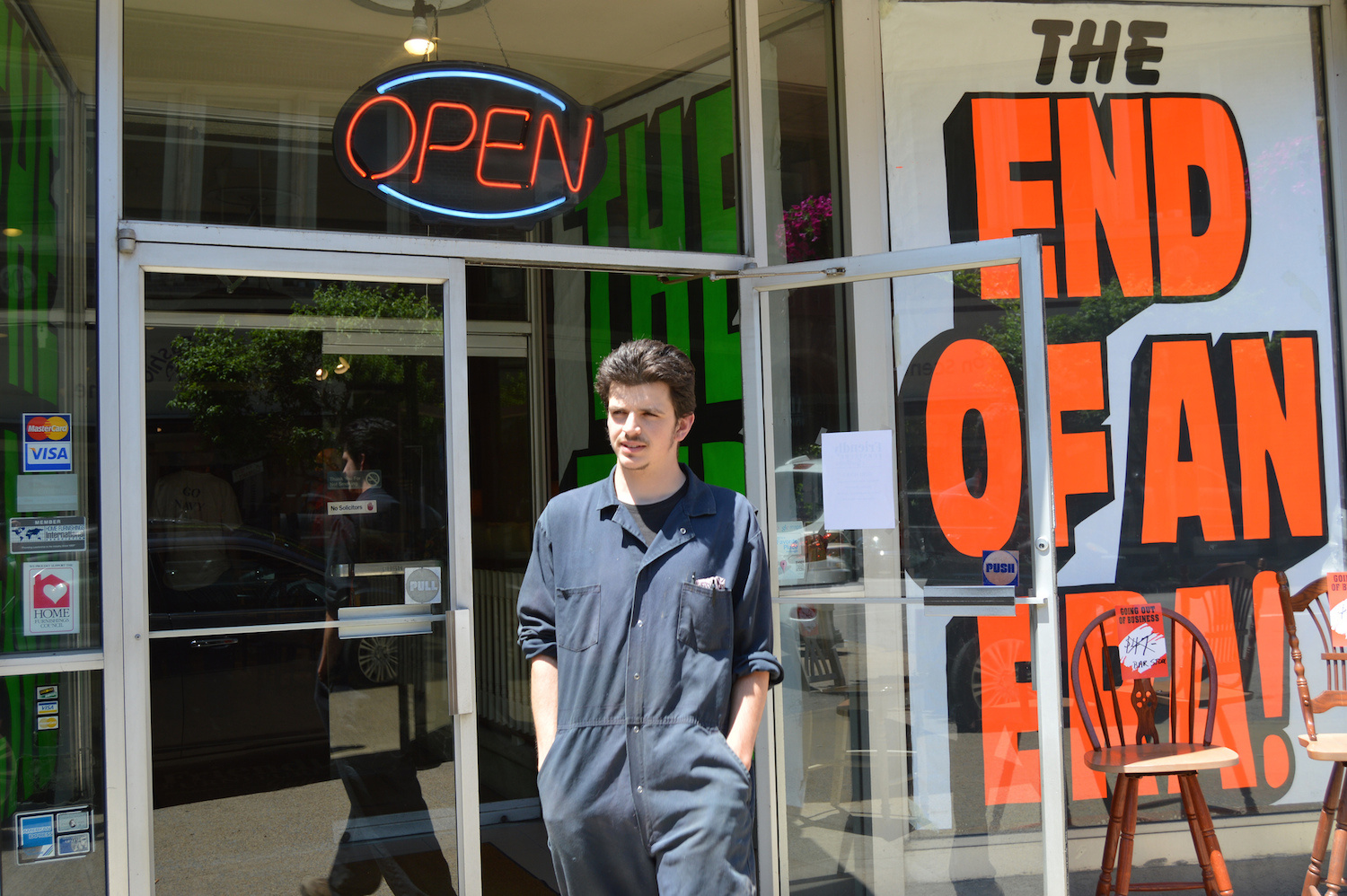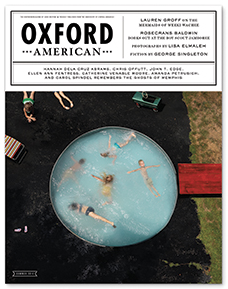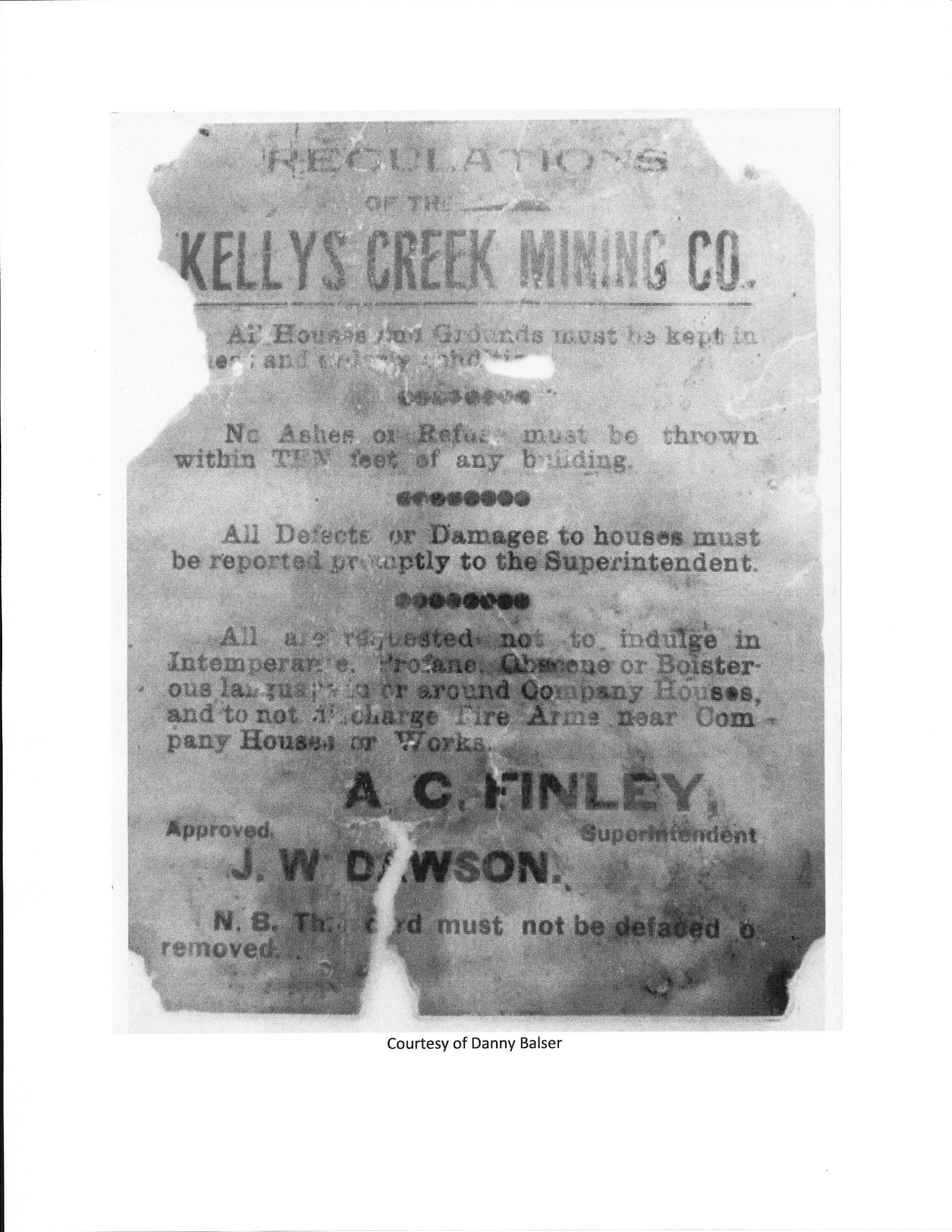Psyched that a photo I took of my good friend Tyler Cannon in Fairmont, WV, was chosen for the Looking at Appalachia archive for 2014. 

Catherine Venable Moore
Writer, Editor, Public Historian
Category Archives: Appalachia
The Road That Howard Built
[soundcloud url=”https://api.soundcloud.com/tracks/167742539″ params=”auto_play=false&hide_related=false&show_comments=true&show_user=true&show_reposts=false&visual=true” width=”100%” height=”450″ iframe=”true” /]
Excited for the first rough cut this piece for The Paint Creek Audio History Tour–a collection of tales about a storied place called Paint Creek, WV, from the voices of people who live along its banks. The history tour will be available via a GPS-activated mobile app and a website, coming in summer of 2015. The project is supported by the WV Humanities Council and the National Coal Heritage Area Authority.
In this segment, Pax native Howard Hughes–one of the founders and leaders of the Paint Creek Scenic Trails Association–tells of the bane of his youthful existence. Howard’s great-great grandfather, a surveyor, founded Pax. Howard’s grandfather was an accomplished stone mason who built many beautiful structures still standing today. His father was a hard-working coal miner who helped fuel American industry during WWII. And Howard, well, Howard built something too.
Produced by Catherine Moore & Jessie Wright-Mendoza. Edited by Catherine Moore.
Coal Layoffs and the Future of Southern WV
Boone County, WV, has lost more coal mining jobs than any other county in the nation, according to a recent analysis by SNL Financial–that’s a fifth of the county’s total labor force. Reporter Catherine Moore went in search for the human side of these staggering figures at the WV Coal Festival, held every year at the end of June in Madison. She talked to residents about how the layoffs are affecting everyday life in Boone County, and how they’re thinking about the future of their home. Listen here…
This short radio doc for WV Public Radio about the human impacts of coal layoffs in Boone County aired regionally on Inside Appalachia and Appalshop’s WMMT, as part of my work as an Appalachian Transition Fellow working with What’s Next, WV?.
“O Beulah Land” in Oxford American

“O Beulah Land,” my wandering longform essay about writer Mary Lee Settle, the women of Cedar Grove, and Appalachian transition, was published in the summer issue of Oxford American: The Southern Magazine of Good Writing.
They also published a companion web-only piece–an audio teaser to my forthcoming hour-long radio documentary and some photographs of Cedar Grove by my pal, the photographer Roger May.
Regulations of the Kelly’s Creek Mining Co.
My Fayette County history hero Dale Payne comes through again! A friend of his, Danny Balser, found this document in the walls of an old coal camp house that was being torn down in Cedar Grove. It’s a list of rules for the tenants of the Kelly’s Creek company housing.
All are requested not to indulge in Intemperance, Profane, Obscene, or Boisterous language in or around Company Houses, and to not discharge Fire Arms near Company Houses or Works.
Searching for Mary Lee
When I first read prolific WV novelist Mary Lee Settle‘s memoir, Addie, I felt kind of like I felt after reading Denise Giardina’s Storming Heaven (Denise has called Mary Lee her “literary mother”): like someone had spun out in gorgeous, poetic language the answers to so many of my questions about home.
Set in Settle’s ancestral homeland of Cedar Grove, WV, the book weaves together the story of Settle’s childhood, the life of her mythic grandmother, and the waves of resource extraction that have surged through the Kanawha Valley since it was first settled by whites.
I had never read Settle before (how could I have missed her?), but thanks to Gibbs Kinderman over at Allegheny Mountain Radio, I am now embarked upon what we hope will become an hour-long audio documentary about her work.
I’m dying to talk about this with someone else who’s read Addie, so get in touch if that’s you!

